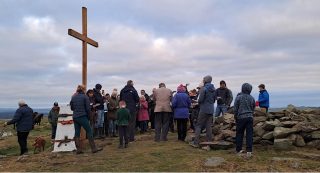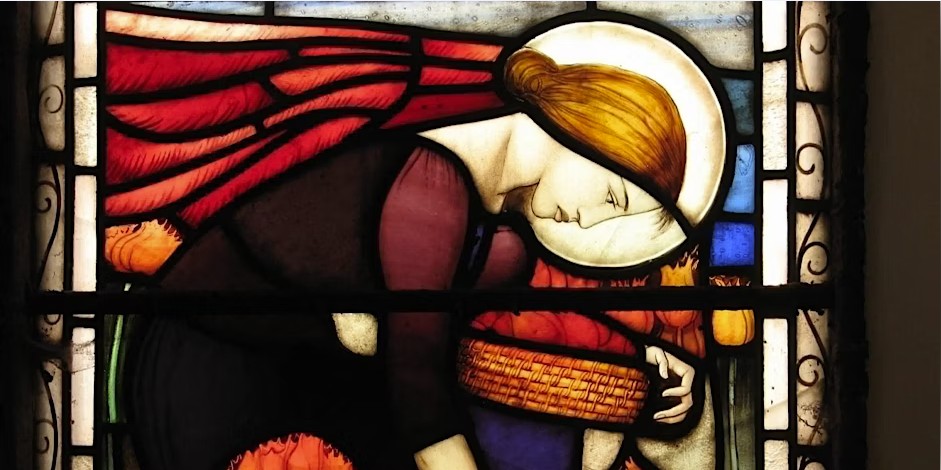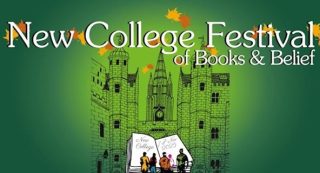For a small country, Scotland has a remarkable wealth of ecclesiastical, institutional and domestic stained glass, and at one time many of its top glass artists were the equal to any in the world. The late 19th and early 20th centuries represent a particularly dynamic period in the development of stained glass artistry in Scotland, and today work by artists such as Cottier, Walton and Mackintosh regularly command astonishing prices at auction.
However, this robust legacy is as fragile as the glass itself. In addition to problems of general decay and deterioration in existing windows, the sale of redundant churches, the dearth of skills training and issues of energy-efficiency retrofit raise many challenges for the future of Scotland’s historic stained glass.
To explore and debate these issues, Linda Cannon, glass artist and retired conservator, will deliver a series of talks and demonstrations in association with stained glass conservator/artist and PhD researcher, Vivienne Kelly. Linda and Vivienne will offer their unique insights into the development of Scotland’s stained glass traditions, the nation’s legendary glass artists, the historic use of decorative glass and its typical decay and deterioration problems, and the best ways to protect and preserve this valuable inheritance for future generations.
For those attending for the full day, a networking lunch will provide you with the opportunity to continue discussions and explore the Engine Shed.
In the afternoon, you will be able to observe a practical demonstration of cutting and painting glass. You will then hear more about the restoration and conservation of stained glass and conservation materials.
For those unable to attend in person, a virtual option is available for the morning lectures.
Learning outcomes
You will:
1. Discover the variety of glass types, their physical characteristics and their use in Scotland’s traditional buildings
2. Recognise the key names in Scottish decorative glass production from the mid-19th to present
3. Understand typical decay, defects and weathering issues affecting decorative glass and how best to address these issues according to current standards of good conservation practice
4. Learn about the materials and processes used to protect and preserve important examples of stained and decorative glass
Who should attend?
We encourage graduates, heritage professionals and building practitioners from all disciplines interested in developing their knowledge and practice in traditional buildings to consider attending.
We also welcome anyone responsible for a traditional building or with an interest in the broader aspects of building conservation in Scotland.
Additional Information
Historic Scotland Members can claim 10% discount using the promo code HSMember. Please bring your membership card on the day.
Students currently undertaking a college or university course can use the code Student to obtain a free ticket. This is only redeemable when signing up with a valid student email address and upon production of a valid student ID card, if requested.
Group bookings: Tickets must be purchased ‘per individual’. If you would like to book multiple tickets on behalf of your organisation, invoicing can be arranged. Please email technicaleducation@hes.scot for more information.
Certification: this Learning Session can be used towards your continued professional development (CPD). A certificate of attendance will be issued following participation.



